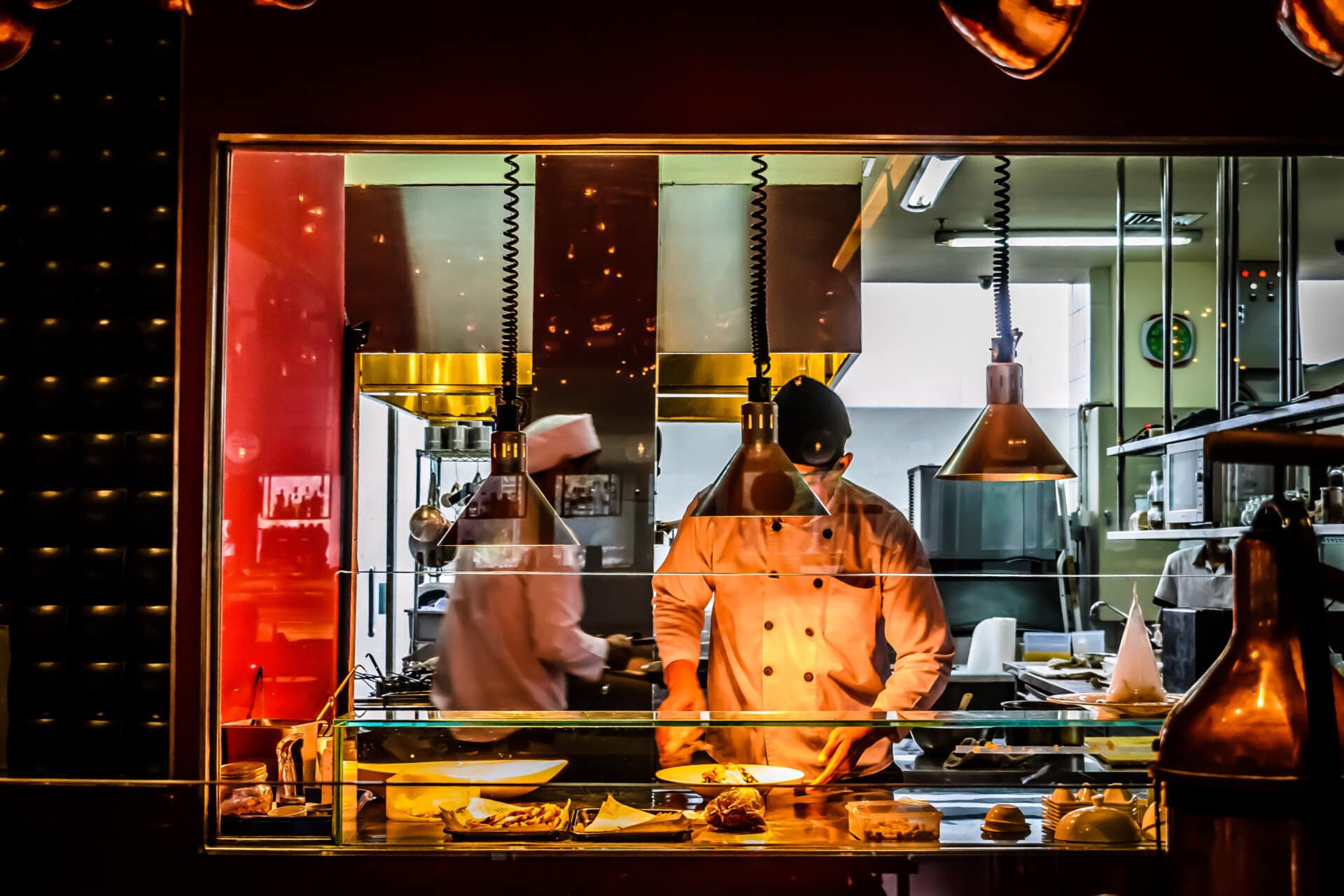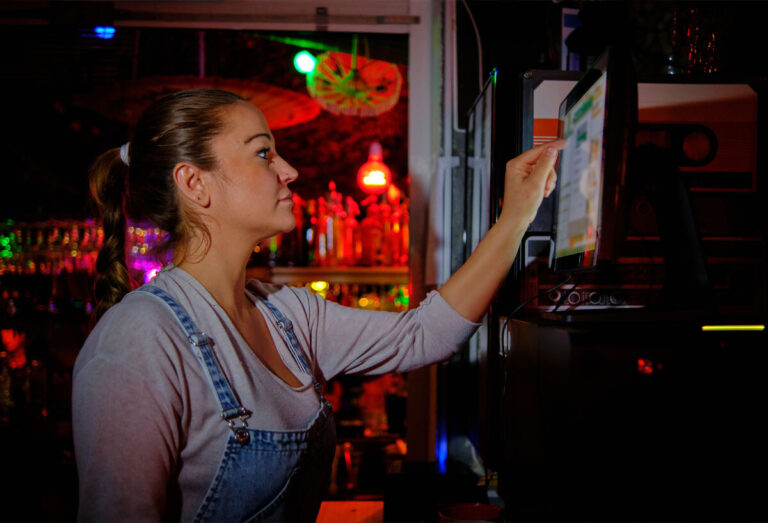As a bar or restaurant owner, efficiency is important – but sometimes elusive.
Many establishments have staff take orders, write them on paper, and pass them on to the kitchen staff. From there, the cook or chef has to figure out how to prepare the orders and when to start preparing each dish – so that they aren’t completed at different times for customers at the same table.
This might seem like an unavoidable reality, but it isn’t. Not with a kitchen display system, at least.
Below, you’ll learn:
- What a kitchen display system is
- How a kitchen display system works
- The benefits of a kitchen display system
Let’s get started!
What is a Kitchen Display System?
A kitchen display system (KDS) is a digital solution for customer orders that can be used in place of paper tickets, and works with POS systems. A KDS improves the customer experience, reduces the burden on staff, and provides an up-to-the-minute view of what’s happening in the kitchen.
How Does a Kitchen Display System Work?
Let’s look at how a KDS manages orders:
- A staff member inputs the order, which is shown on the digital display in the kitchen.
- The KDS properly routes orders (e.g., to the grill, to the oven, etc.) and gives you the time to start preparing each dish – ensuring the whole order is ready at the same time (and preventing you from serving lukewarm food!).
- The screen tells the staff how to prepare the dishes – very useful if you have a large menu.
- Staff receives a notification when the food is ready.
What are the Benefits of a Kitchen Display System?
A kitchen display system can dramatically increase the efficiency of your bar or restaurant.
Here are eight benefits of a kitchen display system:
1. Increased Order Accuracy
A paper ticket – handwritten or printed – can be lost or damaged, leading to mistakes. The resulting customer dissatisfaction and financial losses (from re-preparing the order) can be damaging to your small business.
With a KDS, however, orders are more accurately captured and displayed.
2. Serve Customers Faster
As soon as a customer orders, your cook or chef can begin preparing the order – if you have a KDS. The time savings won’t be massive – it doesn’t take that long for a server to walk from the table to the kitchen in most establishments. But if you have a casual bar or restaurant, shaving a minute or two off the fulfillment of the order might make a big difference to the customer.
3. Easily Modify Orders
There are times when a customer has a change of heart, and decides they want to modify their order – after it’s been sent to the kitchen. Without a digitized process, the server might have to physically go into the kitchen and alert the cook or chef about the alteration.
With a KDS, on the other hand, the order could easily be modified and the staff would receive an alert on the digital screen.
4. Use Less Paper
We already talked about the benefits of eliminating paper order tickets, but by switching to a KDS, you obtain the benefits of using less paper in general, including:
- Have a positive impact on the environment
- Save money on paper
- Less clutter around your bar or restaurant
5. Reduce Burden on Your Staff
Let’s say a server goes to the kitchen with an order from a table of eight people – they all want different hot dishes and each dish takes a different amount of time to be prepared.
Without a KDS, the cook or chef would have to figure out how to time the dishes, so they are finished around the same time – preventing a couple of customers from receiving lukewarm food.
With a KDS, the kitchen staff wouldn’t have to consider when to start each order – that information would be provided by the system.
6. Helps New Kitchen Staff
Your bar or restaurant may have a decent amount of employee turnover, so getting new staff quickly contributing at a high level needs to be a priority.
A KDS tells the staff how to time dishes and how to prepare dishes. This reduces the burden on employees who have been around for years, and also helps new staff contribute in their early days on the job.
7. Integrate with Delivery Platforms
Do you get a lot of orders through a delivery platform, such as Uber Eats?
Without a KDS, you may have to manually input orders into your POS system and inform the kitchen staff of the order.
But with a KDS, the order would automatically be routed to the digital screen in the kitchen.
RELATED: Integrated vs Non-Integrated Payment Processing
8. Get Access to Analytics
Last but not least, using a KDS allows you to record data on the performance of your bar or restaurant. With this data, you can identify where you’re succeeding and where you’re falling a little short.
Here are a few questions you can answer with the help of a KDS:
- How long does it take to prepare each dish? Are certain dishes taking longer than you would expect?
- Is performance impacted by the day of the week and time?
- How are your employees performing?
To elaborate on that last point, underperforming employees aren’t necessarily slacking off – they might just need a little help. With the data provided by a KDS, you can figure out where there’s room for improvement – instead of relying on guesswork.
The Bottom Line
As a bar or restaurant owner, you don’t want to have disappointed customers and overwhelmed employees. With a KDS, you can mitigate both of these issues.
Gravity Payments specializes in payment processing for bars and restaurants, and can set you up with a system that has a KDS.
Learn more about how Gravity Payments can tailor a payment solution to support your bar or restaurant.




